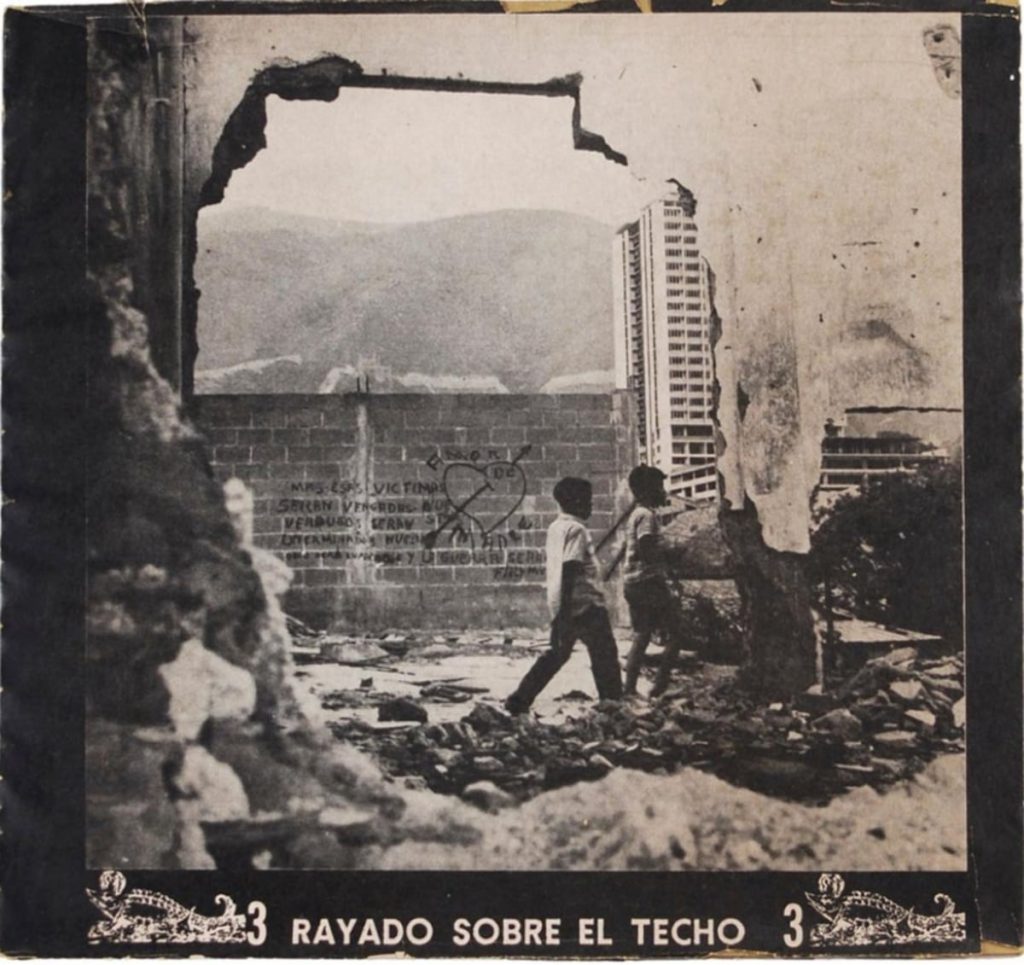The artistic production of the avant-garde period in the early 20th century up to the 1970s revolved around printed materials such as magazines, books, manifestos, and more. These materials were not just documents, but were considered the authentic Work of the era. The paper on which artists poured their passion became a reflection of the ideas and actions of the time, serving as a pivotal part of the artistic expression of the period. Art was seen as action, with the realization of great utopias portrayed through these materials, which now serve as archives of art, revealing the spirit, context, and forms of the time.
The exhibition ‘Transatlantic Avant-Gardes of the 20th Century’ at Casa de América showcases the collection of López-Triquell, which began with a focus on Catalan modernism and later expanded to include Spanish avant-gardes such as the ultraists and surrealists. The collection features works from various artists, including Dalí, Hinojosa, Prieto, and Domínguez, each contributing to the vibrant artistic scene of the time. The relationship between images and words was not just illustrative, with artists like Gerardo Diego and Vicente Huidobro blurring the lines between poetry and painting, highlighting the power of art to supplant traditional artistic forms.
The collection took a transatlantic turn with the inclusion of Latin American artists such as Torres-García, Maples Arce, and Marín. The exhibition explores the role of the “south” in the avant-garde movement, with Mexico and Spain playing significant roles alongside Peru and Argentina. Key figures such as Diego Rivera and José Vasconcelos spearheaded cultural movements in Mexico, while artists like César Vallejo and José Carlos Mariátegui contributed to the intellectual and visual landscape of Peru. The exhibition showcases the diversity and richness of the avant-garde scene in Latin America, with a focus on the intersection of art and politics.
The exhibition delves into the dynamic and ever-changing landscape of the avant-garde movement, with a focus on the diversity of artistic expressions and ideologies. Artists from Mexico, Spain, Peru, and Argentina brought unique perspectives and influences to the collection, shaping the course of modern art. The exhibition also highlights the impact of revolutionary movements and social upheavals on artistic production, with works reflecting themes of struggle, resistance, and social change. The fusion of art and politics is evident in the vibrant visual language of the era.
The exhibition also sheds light on the intersection of literature and art, with prominent figures such as Borges, Bernárdez, and González Tuñón featured alongside visual artists like Cándido Fernández Mazas and Aldo Pellegrini. The avant-gardes of the 1960s and 1970s brought new forms of artistic expression, incorporating elements of revolution and resistance. The visual landscape of the time was characterized by serigraphs, contrasting photographic styles, and bold graphic designs that called for action and change. The exhibition serves as a testament to the enduring legacy of the avant-garde movement and its impact on contemporary art.















